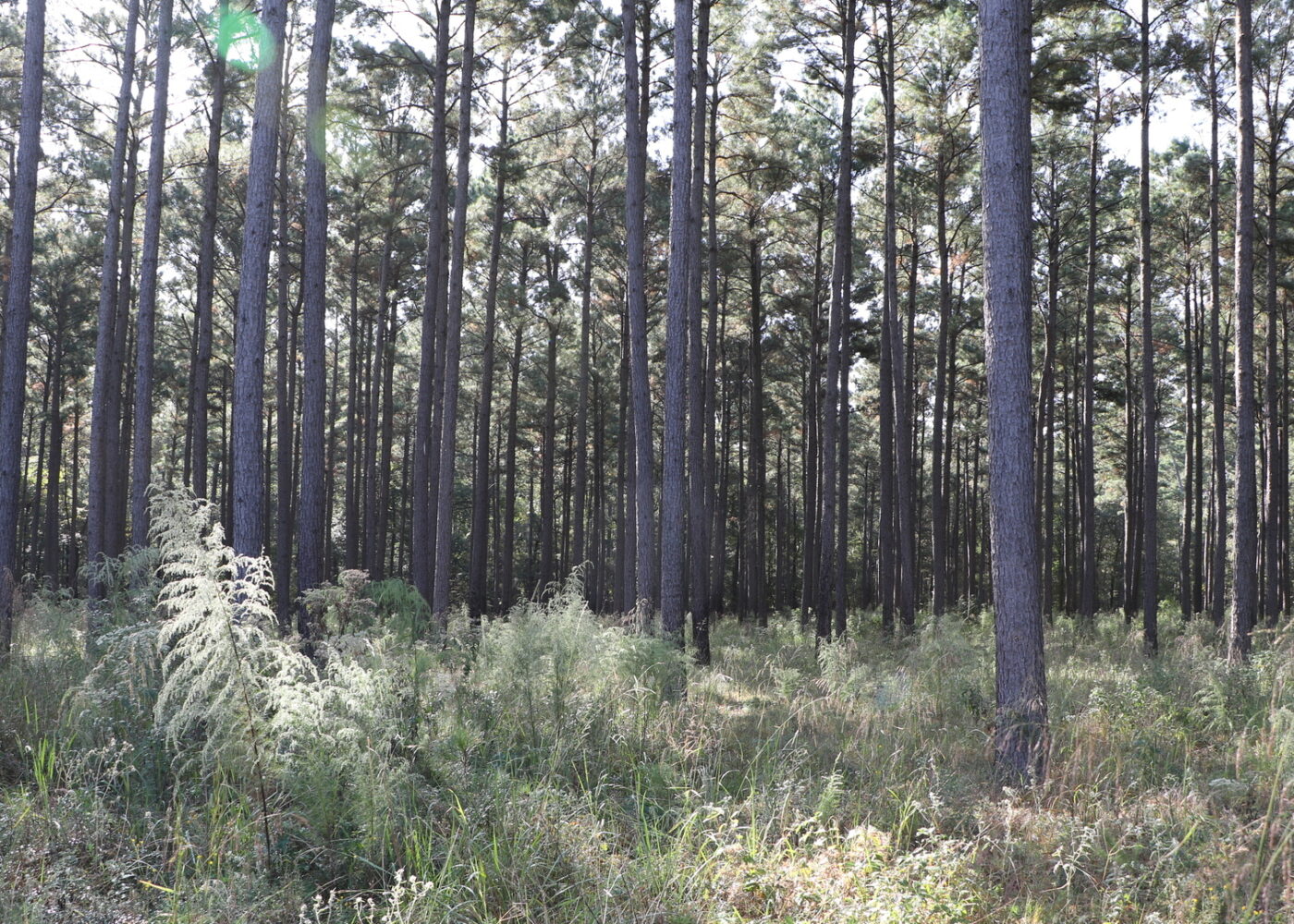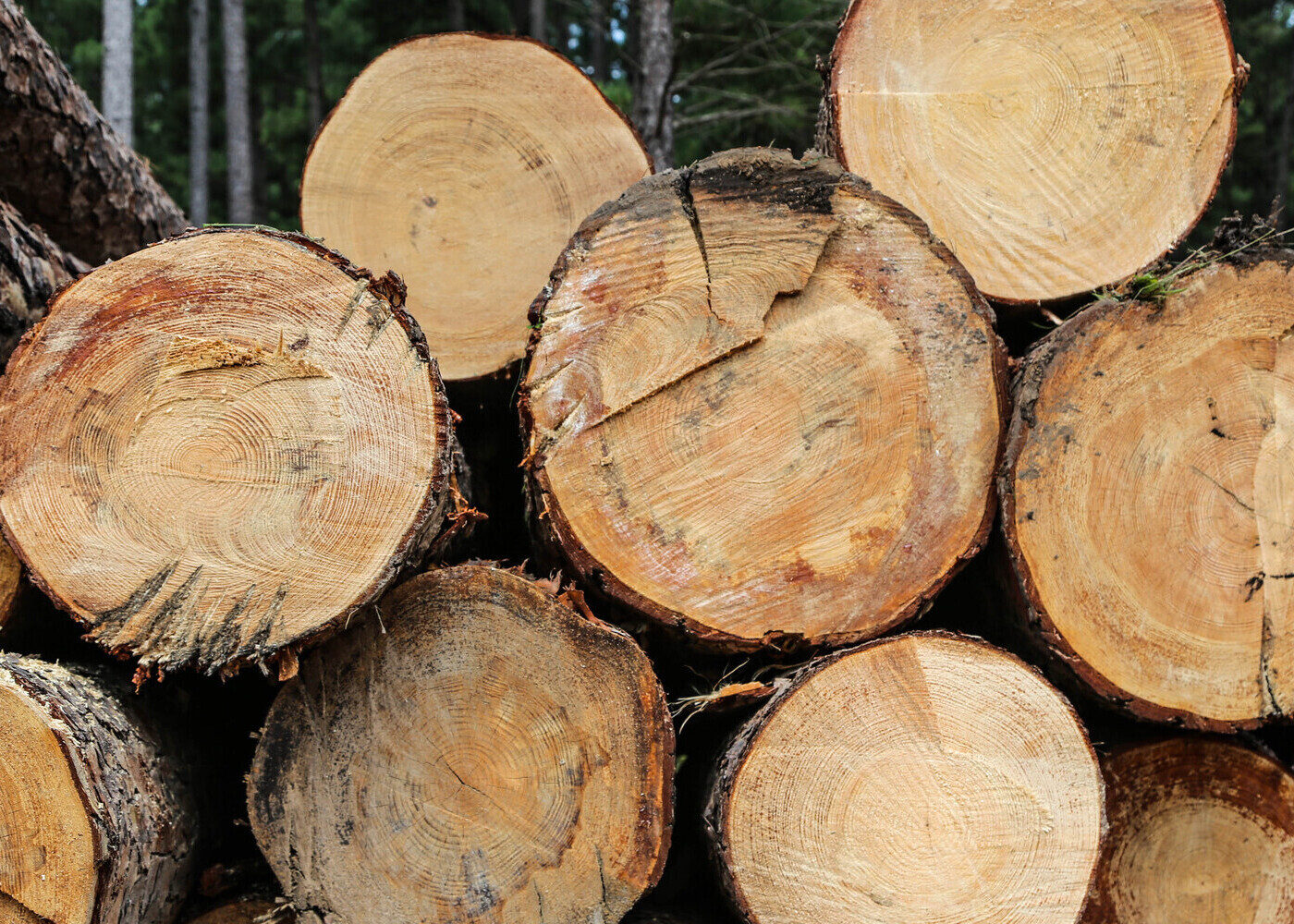
Timber Price Trends Frequently Asked Questions

Timber price trends
Explore timber price trends to improve decision making, foster fair transactions that benefit both buyer and seller, and encourage conservation of the timber resource.
What is stumpage price?
Stumpage price is the price a timber buyer offers to a landowner for the right to harvest standing trees.
What is delivered price?
Delivered price is the monetary value of timber product at the mill gate, which includes the stumpage price paid to the landowners, cut-and-haul costs, other operating expenses, and profit margin if any by the suppliers.
What are sources of data for timber price trends report?
Price and volume data are collected from forest product companies, logging contractors, consulting foresters, federal forestry agencies, occasionally non-industrial landowners, and financial institutions, on a bimonthly survey form. Up to 60 reporters active in the East Texas timber market contribute timber sales data for each bimonthly issue.
What do timber price statistics represent?
Timber prices reported in the bimonthly reports are volume-weighted average prices.
I want to sell some timber from my property. How can the timber price trend report help?
You can use this report to monitor the general market trend to get an idea of what timber is worth. However, it should not be used to judge the fair market value of a specific timber sale, which might vary considerably due to many factors.
I am involved in the timber business in East Texas. Can I become a reporter?
Yes. If you are active in the East Texas timber market, please consider becoming a timber price reporter. You will receive bimonthly report forms with a self-return envelope. In addition, you will receive a hard copy of the report. Please let us know if you want to report on a bimonthly basis.
If I become a reporter, will I be paid?
No. Reporting of timber price is a volunteer service. As a reporter, you are helping both buyers and sellers by providing timely information regarding timber market conditions in the state.
I heard that other timber price reports have paid subscriptions. How much do I need to pay for this report?
This report is free. The bimonthly timber price trend report is a complimentary service by Texas A&M Forest Service.
What other timber price information can I obtain from Texas A&M Forest Service?
We also report timber prices on an annual basis. Similarly, five-year average stumpage prices and a historical timber price summary from 1984 are also available online.